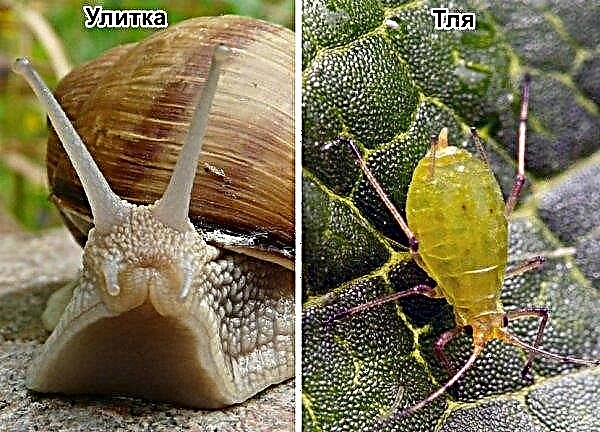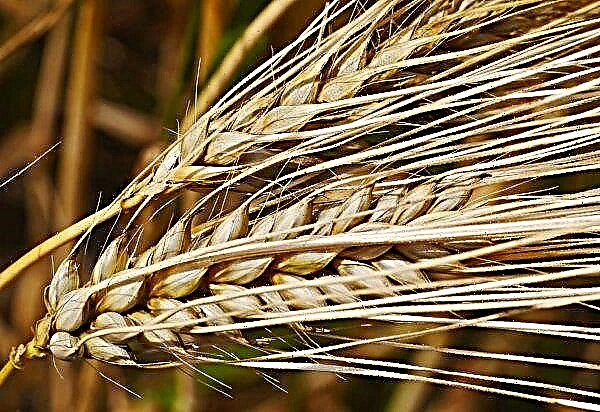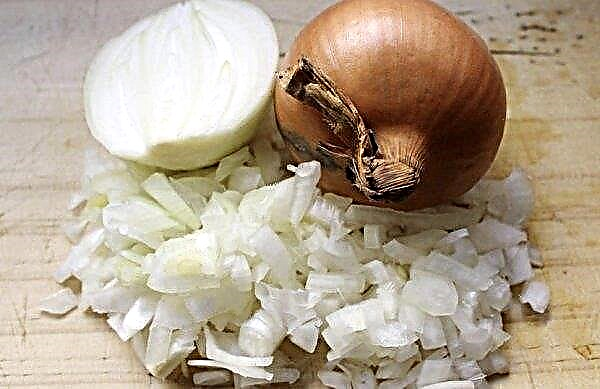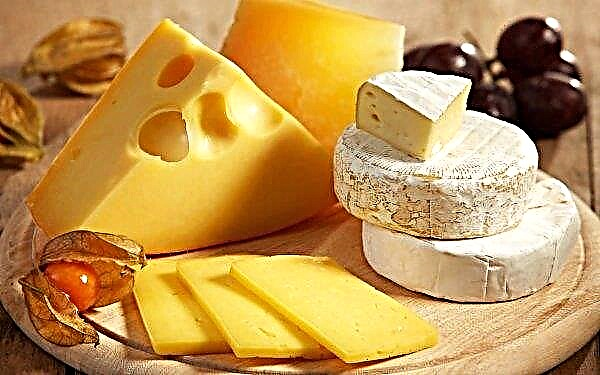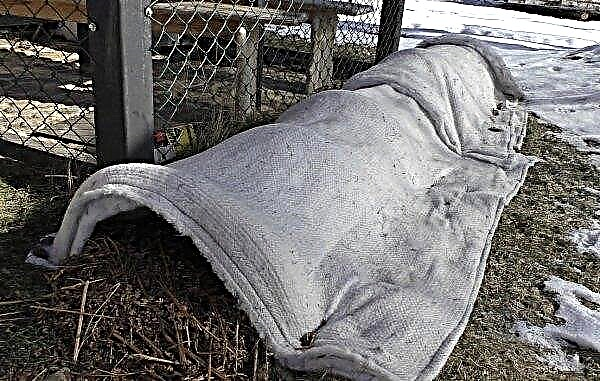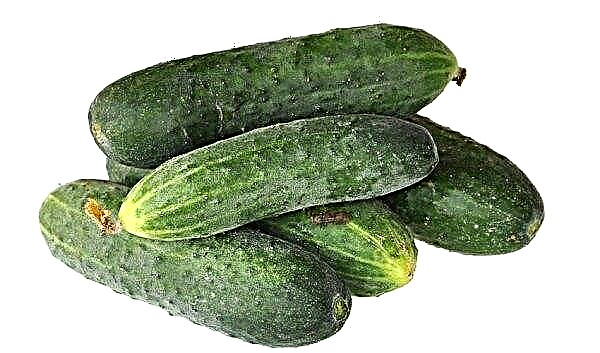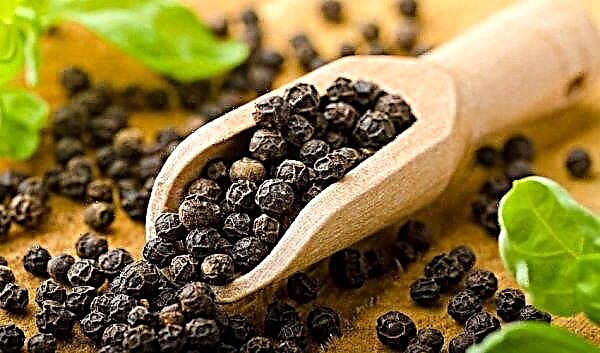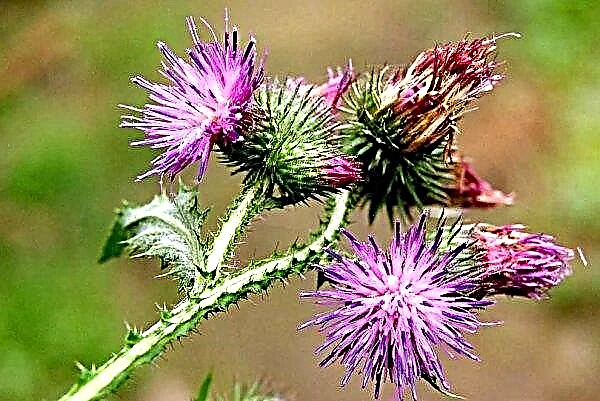Kien Giang is the province with the largest rice production area in the Mekong Delta region, with more than 290,000 ha, and is a coastal province, so if salt water is not properly controlled, it will cause great damage.
Lessons learned from the historical drought of 2015–2016 have helped agriculture and farmers find effective solutions to prevent salinization.
Saline lands are found mainly in the arid regions of countries, often as saline spots among non-saline soils. In Central Asia, about half of the arable land is saline.
Dr. Do Min Nhut, Deputy Director of the Department of Agriculture and Rural Development, Kien Giang, said that based on the forecast, starting in late 2019, the province has been preventing and combating drought and saltwater intrusion. In particular, these measures will be carried out for the agricultural production of the most severely affected areas - these are coastal areas from the city of Rah Giya to the city of Ha Tien, along the Kai-Lon and Kai-Be rivers and U Min-Tuong districts.

The irrigation division operates an irrigation system in the city of Rah Giya, along the Kai Bi River in Chau Thanh District (55 locks), Wu Ming Tuong (17 locks) to prevent salinization and effectively maintain freshness.
In addition, settlements in saline-prone areas have strengthened and built new seasonal dams to strengthen the protection of the rice, winter and spring wheat crops in the 2019-2020 season, and will continue to prevent drought and salinization of the crop in the summer and autumn of 2020.
- According to official Cambodian data released on Monday, July 8, rice exports from Cambodia to the European Union sharply declined after tariffs were introduced in the first half of the year, but losses were offset by increased sales to China.
- After a period of falling agricultural prices in Dong Tap in recent days, prices for chili peppers, dragon fruit, guava, jackfruit, mango and other exotic fruits have risen substantially.
- With interest in organic agriculture, the Vietnamese Ministry of Agriculture has set the goal of increasing the share of organic fertilizers to 15%, and the consumption of organic fertilizers produced at home from 1 to 3 million tons by 2020.

